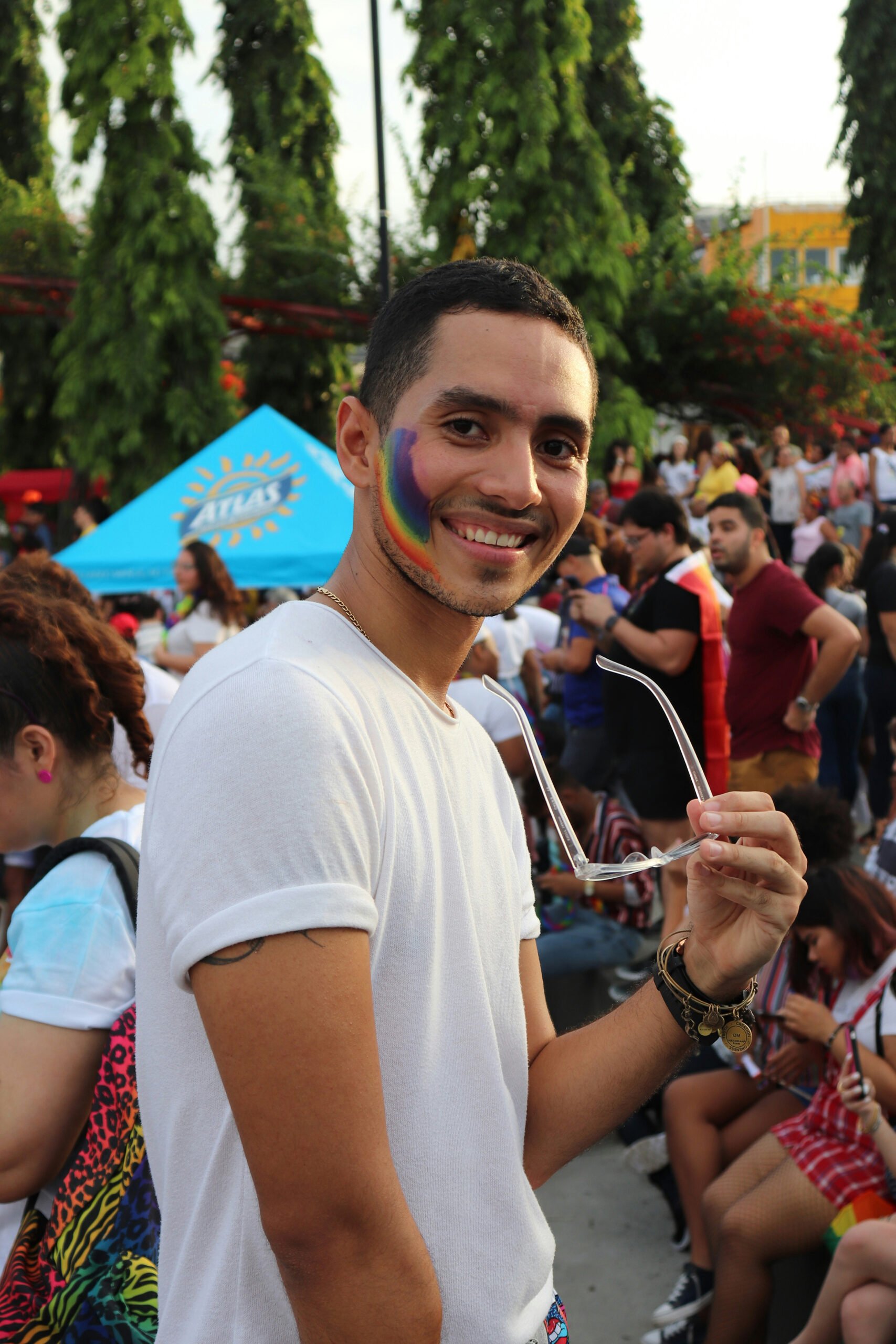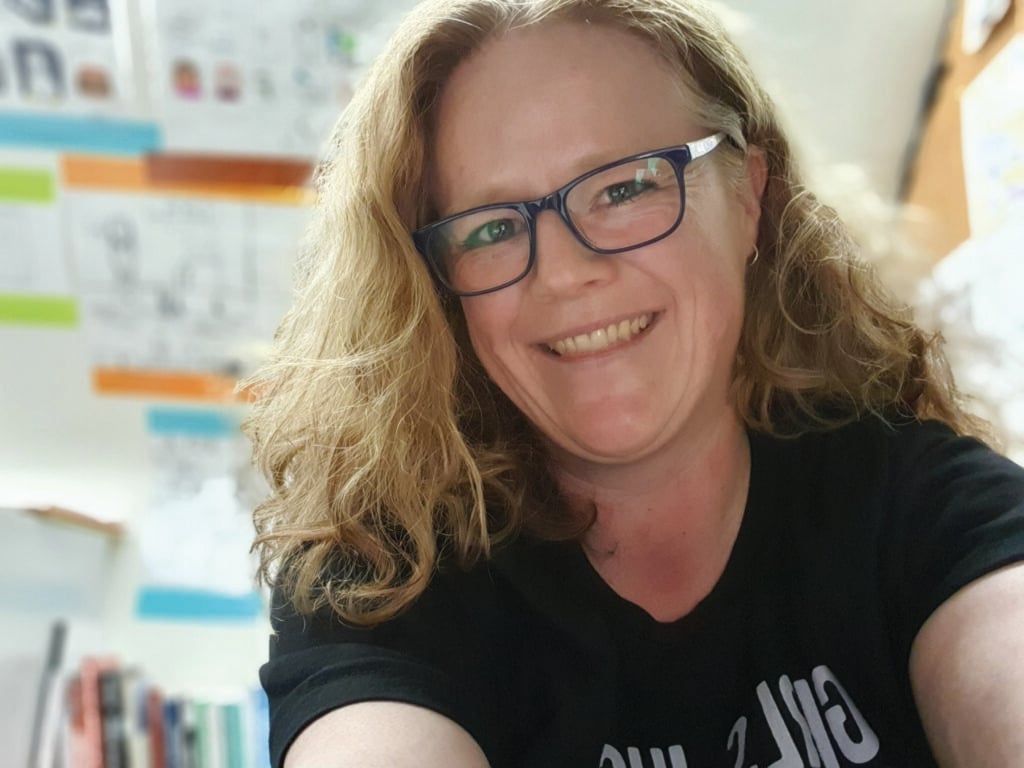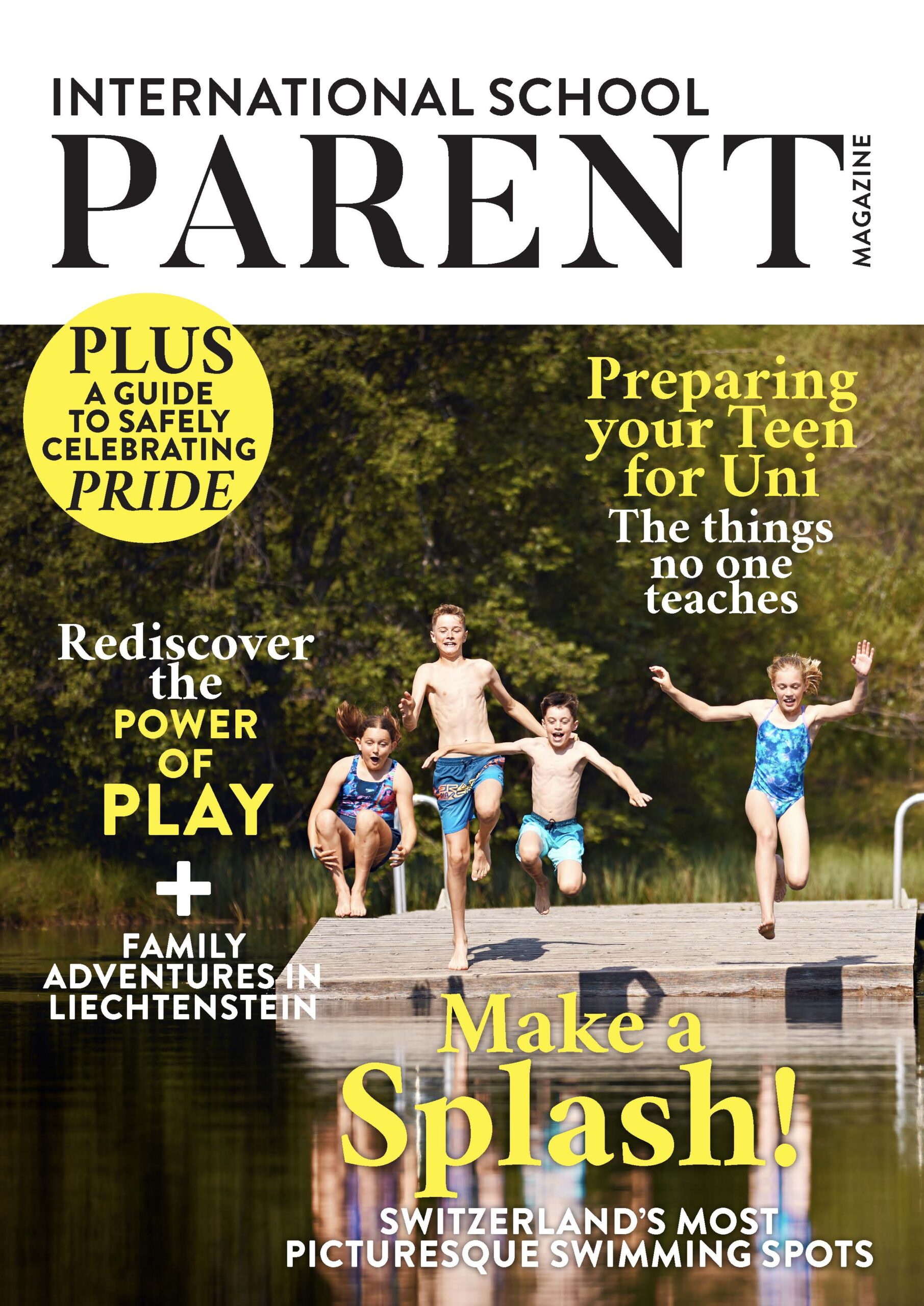The Glossary of LGBTQ+ Terms

By Cath Brew
One of most common fears of LGBTQ+ allies is that they will accidentally offend an LGBTQ+ person by using the wrong terminology. There is a genuine worry about inadvertently getting it wrong, especially when someone is passionate about wanting to get it correct.
Firstly, don’t worry. Most people won’t mind a genuine mistake – just apologise and move on. The second-best thing you can do is get it right the next time. Being familiar with LGBTQ+ terms has a double positive impact. It will give you the confidence to navigate diverse genders and sexualities and it’s also one of the best ways to show your support and respect for LGBTQ+ people.
There are a large range of terms out there. Here are some to get you started.
A
Ally: Someone who supports, educates themselves about and champions for the rights of LGBTQ+ people.
AFAB/AMAB: The short form of Assigned Female at Birth/Assigned Male at Birth – used when a person’s gender identity is different to their sex.
Aromantic (Aro): People who do not experience romantic attraction.
Asexual: A person who has little or no sexual attraction to other people. It is a sexual orientation just like any other.
Assigned gender/sex: The gender/sex that is assumed when a person is born.
B
Binding: The process of wrapping material or wearing a manufactured binder to reduce the appearance of a person’s breasts and minimise gender dysphoria.
Biological sex: The biological differences between males and females. A person’s sex is assigned at birth based on their genitals, but sex can also be assigned later in life – when a person is intersex.
Biphobia: The dislike and prejudice of bisexual people.
Birth name: The name given to a person by their parents at birth. Commonly used in reference to trans people.
Bisexual (bi): A person who is sexually, emotionally and romantically attracted to more than one gender, commonly the same as their own and another.
Blockers: Also known as puberty blockers, they are prescribed to stop a person from going through puberty. They are used as part of the gender affirming care of transgender children.
Bottom surgery: Surgery that changes a person’s genitals to match their gender identity. Commonly not available to people under 18 years.
Butch: A term that distinguishes more masculine women from their feminine counterparts.
C
Chosen family: The people that LGBTQ+ choose as their family when their genetic family is not supportive of their gender and/or sexuality.
Cisgender (cis): A person whose gender identity aligns with their sex assigned at birth. E.g. someone who was born female and is living as a woman. Known also as being cis.
Cis het: Someone who is cis gender and heterosexual.
Cisnormativity: The assumption that everyone is cis gender.
Closeted: A person who has not told anyone about their LGBTQ+ sexuality or gender.
Coming out: When a person decides to share their LGBTQ+ identity with other people.
D
Deadnaming: Incorrectly using a transgender person’s birth name after they have changed it as part of their transition.
Demiboy/Demigirl: A young person who feels that part of their identity aligns with masculine/feminine characteristics, but it’s not the whole of their identity.
Detransition: The act of reversing a gender transition. In itself, it does not mean that a person regrets their transition. Some decide being trans person in a cisnormative world is too hard. They are still trans but decide to hide it to make life easier. Only 1-2% of people detransition.
Drag (drag queen/drag king): A creative person who dresses in exaggerated makeup and clothing and performs on stage. A drag queen is usually a man dressed as a woman, whilst a drag king, is a woman dressed as a man.
E
Enby: Another word for a person who identifies as non-binary (as in N.B). E.g. “I am enby.”
F
Femme: A lesbian who presents as ‘traditionally’ feminine (clothing, makeup, behaviour etc).
FTM: The acronym for a transgender person who has transitioned from female to male.
G
Gay: A person who is sexually, emotionally and romantically attracted to people of the same sex.
Gender: The socially constructed roles, behaviours, expressions, identities that is expected of girls/women, boys/men and other genders.
Gender affirming care: The range of medical, social and psychological care which supports and affirms a person’s gender.
Gender binary: The idea that there are only two genders.
Gender diverse: Refers to a person whose gender identity is different to man/ woman.
Gender dysphoria: The distress that can occur for people who feel that their gender identity is mismatched to their sex assigned at birth.
Gender euphoria: The relief and feeling of joy that trans people experience when their body matches their gender identity.
Gender expansive: An umbrella term for people who lives outside the stereotypes of binary gender. Also known as gender non- conforming.
Gender expression: How a person chooses to express their gender (clothing, jewellery, hairstyle etc.)
Gender fluid: Refers to a person whose gender changes over time.
Gender identity: A person’s internal felt sense of their own gender.
Genderqueer: A person who does not associate their gender with man/woman.
H
Het: The short form of heterosexual
Heteronormativity: The assumption that everyone is heterosexual
Heterosexual: A person who is sexually, emotionally and romantically attracted to people of a different sex.
Homophobia: The dislike and prejudice of gay people.
I
Intersectionality: The concept that people experience multiple discriminations across their different identities. For example, a Black gay woman will have additional inequalities than a White gay woman.
Intersex: A person whose genitals, chromosomes and reproductive organs do not fit the typical definition of male/female.
Inclusive language: Language that does not assume roles or identities. For example, ‘sibling’ instead of brother/sister and ‘child’ instead of son/daughter.
L
Lesbian: A woman who is sexually, emotionally and romantically attracted to women.
Lesphobia: The dislike and prejudice of lesbians.
LGBTQ+: An umbrella term for people who are Lesbian, Gay, Bisexual, Transgender and Queer. The + symbol refers to all other genders and sexualities outside of cisgender and heterosexual. Sometimes you will see LGBTQIA+ (the I is for Intersex, the A – agender/ asexual). In North America, you will also see LGBTQ2S. The 2S refers to Two-spirit people, who are part of Native American culture.
M
Microaggressions: The frequent intentional and unintentional prejudice that marginalised people experience.
Misgender: To assume the wrong gender about a person is to misgender them.
MTF: A person who has transitioned from male to female.
MX: A gender neutral pronoun.
N
Nibling: A gender-neutral term for niece or nephew.
Non-binary: A person whose gender falls outside of the categories of man/female.
Neo-pronoun: A new type of pronoun which doesn’t express a gender. They can be used by anyone, but are commonly used by transgender, non-binary and gender non-conforming people. Examples include: xe/xem/xyr (commonly pronounced zee/ zem/zeer) and ze/hir/hirs.
O
Orientation (sexual): A term which refers to who a person is sexually attracted to.
Out: When a person is publicly open about their sexuality and/or gender, they are ‘out’.
Outing: The act of telling other people that you are not cis gender or heterosexual.
P
Pansexual: A person who is attracted to all genders.
Pronoun: Words which replace nouns. For example: he, she, they.
Q
Queer: People who reject any concept of social norms, commonly to do with sexuality and gender.
Questioning: A person who is questioning their sexuality and gender and yet to label it.
QTPOC: Queer and Trans People of Colour.
R
Rainbow Family: A family where the parents are in a same-sex relationship, are gender diverse or are part of the LGBTQ+ community.
S
Sex: Male, female or intersex – defined by a person’s genitals, chromosomes and reproductive organs.
Sex assigned at birth: The sex which a doctor gives a child at birth, based on looking at their genitals.
Spectrum: No one person is the same. There is a spectrum of being LGBTQ+.
Social transitioning: The process by which a person changes how they express their gender to other people e.g clothing, hairstyle, pronouns, name and other reversible actions.
T
TERF: Stands for Trans Exclusionary Radical Feminist – feminists who do not believe that transgender people’s gender is legitimate and are hostile towards them.
Top surgery: Surgery to remove or augment breast tissue to create a more masculine or feminine chest for trans and non-binary people. Commonly not available to people under 18 years.
Transgender (trans): People who have an incongruence between their sex assigned at birth and their gender identity.
Transgender woman/girl: A woman/ girl who was assigned male at birth.
Transgender man/boy: A man/boy who was assigned female at birth.
Transitioning: The process of aligning your sex to your gender identity.
Transphobia: The dislike and prejudice of transgender people.
Around the Globe
Brother Boy/Sister Girl (Australia): Aboriginal communities use this term for transgender people.
Faʻafafine (Samoa): Males whose femininity appears in childhood and who the culture recognises as different to ‘typical’ boys. In pre-contact times Faʻafafine were keepers of cultural traditions and commonly asked by parents to name their children.
Femminiello (Italy): A traditional Neapolitan cultural term (1500s) to describe people who are assigned male at birth but who dress as and assume female gender roles. Today, they’re still seen to bring good luck and have sacred roles within some local Catholic rituals and celebrations.
Hijra (South Asia): Describes a cultural identity/third gender. Legally recognised in India, the hijra feature in Hindu religious texts and have an ancient history of playing sacred roles in Hindu ceremonies.
Māhū (Hawaii/Tahiti): Refers to people who embody a third gender and hold traditional spiritual and social roles within the culture.
Sekrata (Western Madagascar): Sekrata describes the people in the Sakalava ethnic group who are born with male characteristics, but displayed feminine behaviours and are raised as girls by their families. They’re considered to be sacred and hold supernatural powers.
Two-Spirit (North America): A term used by Native Americans to describe people in their community who have both a masculine and feminine spirit. It encompasses gender, sexuality and spirituality.
About the Author: Cath Brew

Cath Brew is a global LGBTQ+ inclusion consultant who helps parents, schools, and businesses to see queerly, and get confident with navigating diverse genders and sexualities cross culturally.
